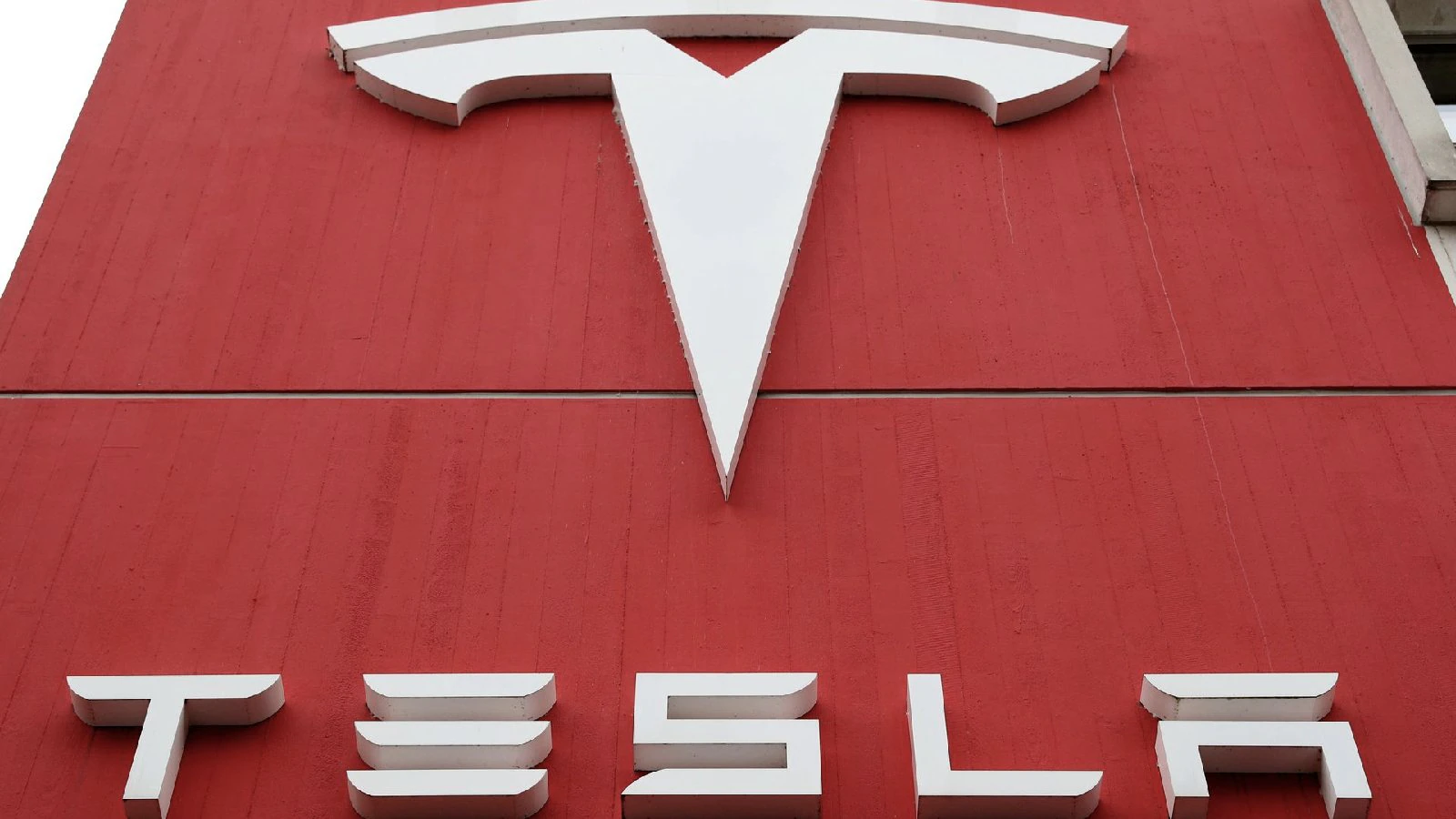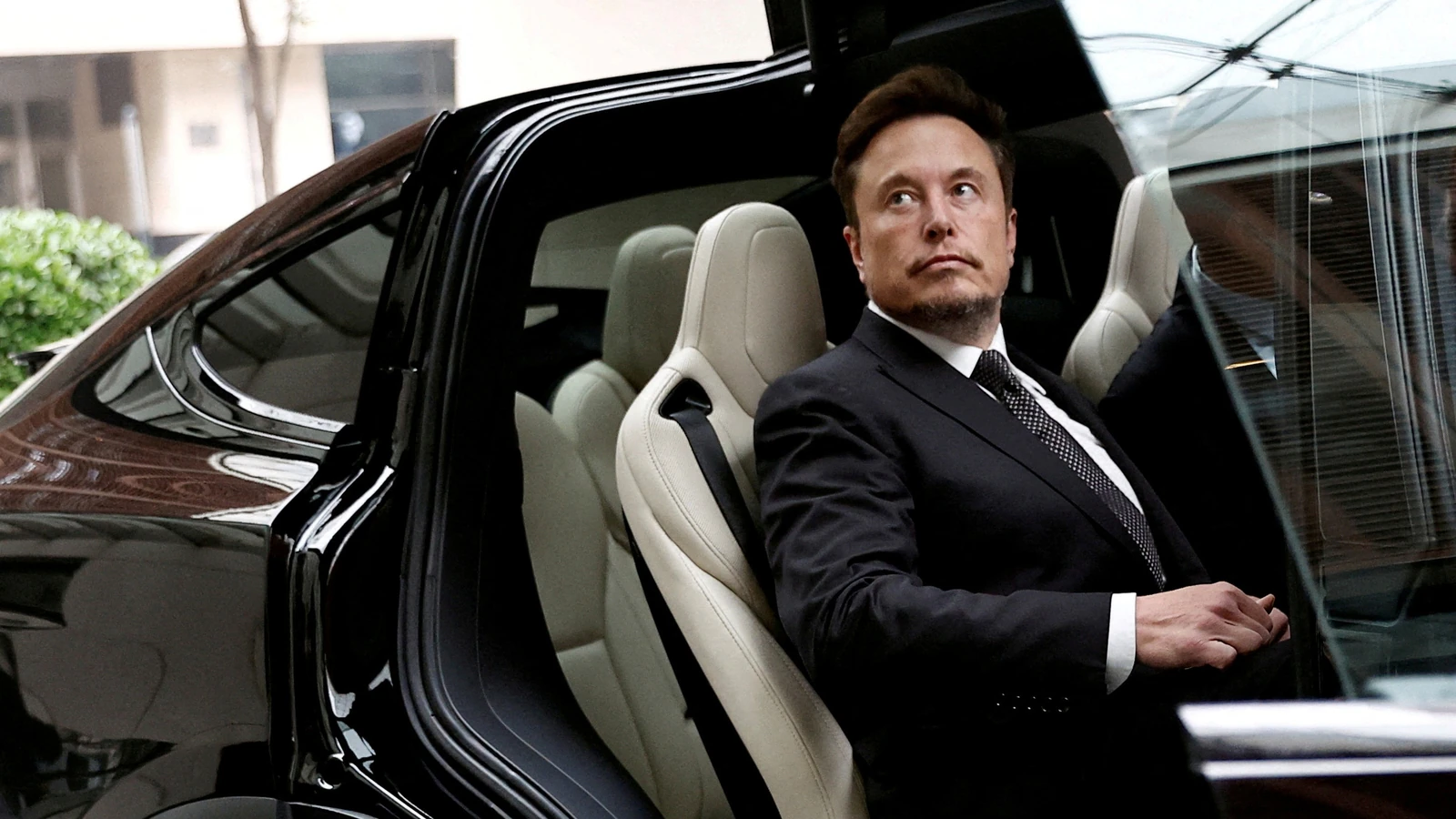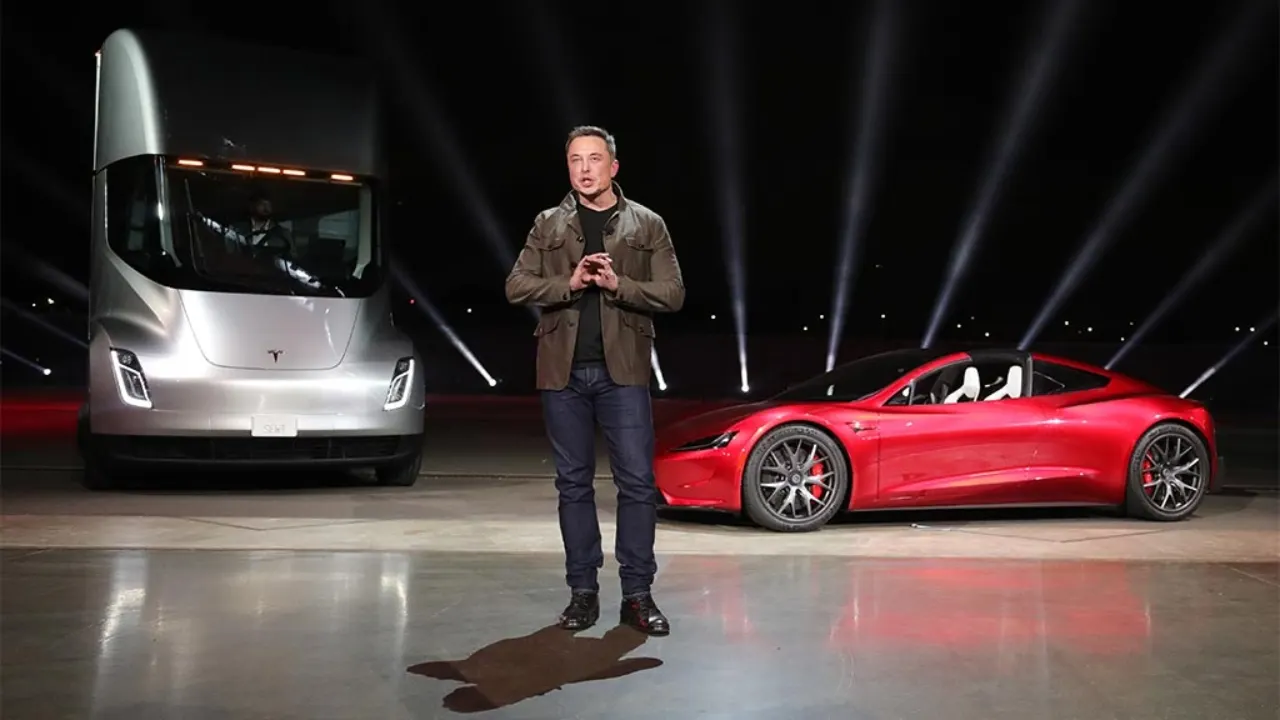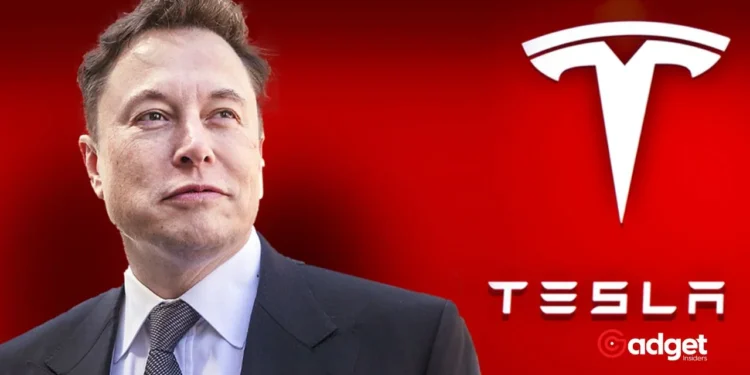Tesla, a leading innovator in the electric vehicle industry, is currently navigating a turbulent period marked by the resignation of three top executives within just two weeks. This unsettling trend in the company’s leadership structure is raising concerns among investors and industry observers about the stability and future direction of the carmaker.

A String of High-Profile Departures
The latest to announce his departure is Martin Viecha, Tesla’s Vice President of Investor Relations, who has been with the company for seven years. Viecha revealed his plans to leave after a first-quarter earnings call that was deemed critical for Tesla following its worst quarter in four years.
During the call, Viecha expressed his intentions, stating, “About a month ago, I spoke with Elon and [Chief Financial Officer] Vaibhav [Taneja], to announce that I’m going to be retiring from the world of investor relations and moving on.” He added that working for Tesla had been the “greatest privilege of my professional life.”
Tesla Loses Third Executive in Two Weeks as VP of Finance Announces Resignation https://t.co/MYP0dLwNlj pic.twitter.com/iIQ56lUvJD
— AutoRepairTech 👨🔧👩🔧🧰 (@AutoRepairTechs) September 13, 2018
This announcement came shortly after the resignations of Drew Baglino, Senior Vice President of Engineering, and Rohan Patel, Vice President of Public Policy and Business Development. Baglino, a key figure in Tesla’s battery technology development, had been with the company for 18 years, making his exit particularly significant.
Investor Reactions and Market Impact
The departures have introduced a wave of uncertainty among Tesla’s stakeholders, particularly as these executives were instrumental in maintaining investor relations and strategic development.
The impact of these exits was immediately felt in the stock market, where Tesla’s shares experienced a more than 12% rise in after-hours trading following the earnings call. This surge was likely fueled by CEO Elon Musk’s efforts to reassure investors about the company’s stability and future prospects.

Despite the positive market reaction, some investors remain skeptical. Ross Gerber, CEO of Gerber Kawasaki Wealth & Investment Management, emphasized the significance of the timing of these resignations, suggesting a potential pattern of instability.
Gerber noted, “Dan, you’re discounting the end of the call with Martin resigning. You and I have been working with Martin for a long time and he is the glue between management and shareholders and investors.”
The Broader Implications for Tesla
The executive turnover at Tesla comes at a critical juncture for the company, which is trying to stabilize itself after a challenging quarter. The loss of seasoned executives like Viecha, Baglino, and Patel could signal deeper issues within the company’s leadership and operational strategies.
Wedbush tech analyst Dan Ives pointed out the necessity of having “an adult in the room,” a role that Musk seemed to embrace during the recent earnings call. However, the underlying concerns about executive stability and strategic direction remain unaddressed.

Gerber also highlighted a disconnect between Musk’s optimistic vision for the company and the current market realities, stating, “The monkey in the room is that there’s no demand for the vehicles, even if they flew.”
This comment underscores the challenges Tesla faces in aligning its visionary projects with market demand and operational capabilities.
Looking Forward
As Tesla continues to navigate these leadership changes, the focus for Musk and the remaining team will be on maintaining investor confidence and aligning the company’s strategic initiatives with realistic market expectations.
The coming months will be crucial for Tesla as it seeks to reassure stakeholders of its commitment to innovation and market leadership, despite the recent spate of executive departures.










